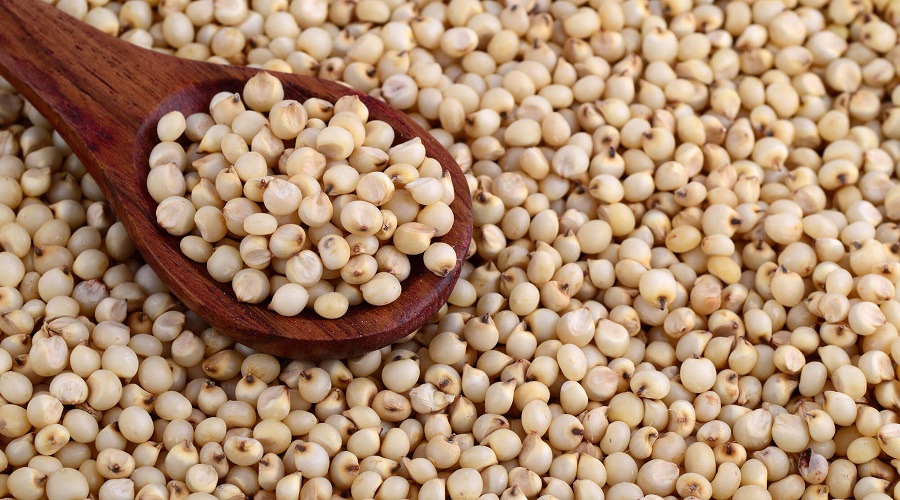
Jowar (depending upon the geographical regions it's also called as Sorghum, Durra, Egyptian Millet, Guinea Corn, Milo, Shallu and Sudan Grass) is the fifth most important cereal crop in the world after rice, wheat, maize and barley. It is the third largest crop to be grown in India after rice and wheat. The grain is similar to that of maize but having more fats and proteins. This proves beneficial for the livestock and hence is the reason of the popularity of the crop as a feed. It is found in the arid and semi arid parts of the country, due to its feature of being extremely drought tolerant. The nutritional value of Jowar is same as of that of corn and that is why it is gaining importance as livestock feed. it also serves as a substitute to it. Jowar is also used for ethanol production, producing grain alcohol, starch production, production of adhesives and paper other than being used as food and feed. Numerous types of genetically different Jowar's are available that are broadly cate
The popularity of the crop is clear from the fact that it is cultivated in 99 countries in the world, major production share contributed by the African countries. The total world production of the cereal grain in 2015-16 was 60 million metric tons, USA accounting around 17% of the world's total production. Nigeria and India were on the 2nd and 3rd position in the major producer countries list after United States. Regarding the consumption pattern, the world's total consumption is around 60 million metric tons, Nigeria being at the top of the list. More than 55% of the total production is consumed as a food for human being and around 33% is used as fodder.
India has ever been among the major producers of Jowar in the world. The country has been able to maintain its position among the top three producers of the crop. As already mentioned, jowar is produced both as a summer and a winter crop i.e. Khariff and Rabi crops in the country. Indian production is around an average of 11 million metric tons but since last few years a slow downfall in the production as well as in the area covered for jowar production has been observed. The 2015-16 Indian jowar production figures were 9.5 million metric tons. Area wise, India accounts for around 20% of the world total area used for the crop production. Indian demand for the grain is on an increase due to the combined increase in the demand of various sectors using jowar. The rural per capita annual consumption has reduced a bit as compared to the 1991 figure, but still this decline cannot hide Jowar's national importance. India is capable of satisfying the domestic consumption demand.
We Bahuvida Limited are an Indian agro commodities conglomerate brand, offering the best in class and qualitative array of Jowar from India. With us, one can stay completely assured for topnotch quality Jowar for the source and supply as we use the modern packaging, logistics methods and cutting-edge solutions as per domestic and foreign buyer's specific requirements.